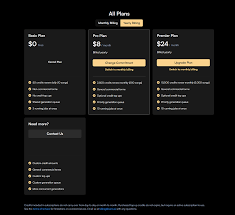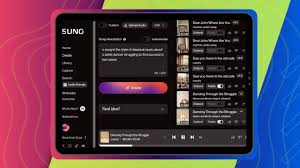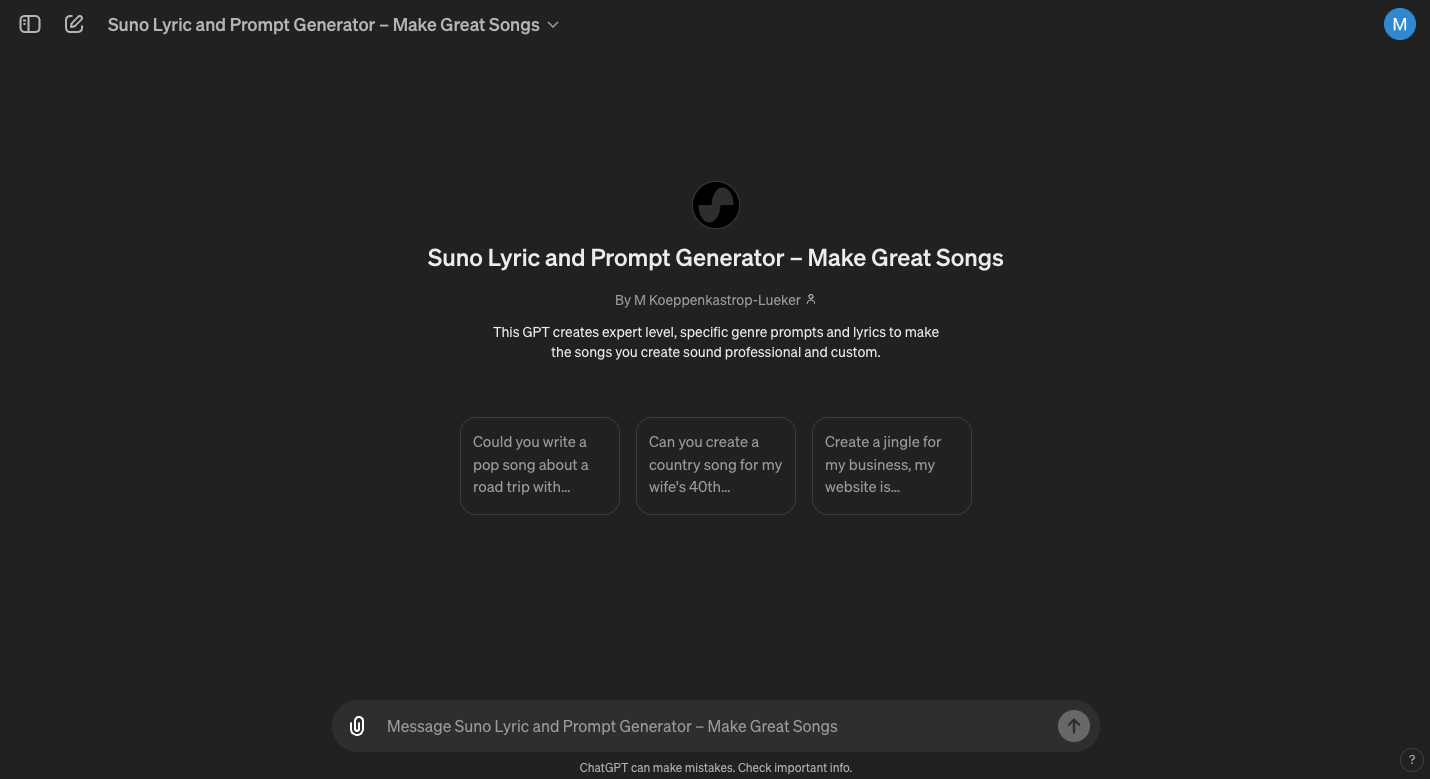AI-powered music generation is booming, prompting many creators to wonder which is better—Suno or Udio? Choosing between these two popular platforms means looking closely at sound quality, control, cost, and creative flow. This guide examines each feature in detail, helping you decide based on real-world insights, user experiences, and up-to-date data.

Explore: Suno vs AIVA; Suno vs. SOUNDRAW
Sound Quality and Vocal Realism
When comparing Suno vs Udio, one critical aspect is how realistic the generated vocals sound.
Udio is widely praised for its clean, human-like vocals and nuanced pronunciation. One Reddit user noted:
“Udio seems to be able to create way cleaner and ‘human’ vocals … The range of voice types, accents and intonation is amazing”.
Suno, on the other hand, provides consistent and coherent tracks, albeit sometimes at the expense of rougher vocal alignment. Another user remarked:
“Suno generates better, lengthier and more coherent content. Udio generates cleaner sounding audio, in general”.
In summary, for vocal clarity and expressiveness, Udio often takes the lead, while Suno delivers full tracks with coherence and structure.
Output Consistency and Track Length
Another major factor in the Suno vs Udio comparison is how each handles long-form generation.
Suno excels at creating extended, coherent tracks and holding onto musical themes and motifs across segments .
Udio tends to struggle with continuity past roughly 30 seconds, often forgetting key elements during extensions.
In practical terms:
Suno is ideal when you need a cohesive piece lasting several minutes.
Udio is better for shorter clips with polished vocal output, though stitching longer segments can be frustrating.
User Control and Editing Features
Creative control is another decisive factor when evaluating Suno vs Udio.
Suno offers tools for prompt-based customization, genre tweaks, instrumental layering, and lyrics generation.
Udio provides advanced editing: stem isolation, vocal uploads, and remix/extend functions, making it a more collaborative environment .
While Suno streamlines track creation, Udio empowers hands-on creators who want to build and remix with granular control.
Usability and Workflow Efficiency
The user experience of Suno vs Udio significantly affects how creators interact with these tools:
Suno is lauded for its intuitive interface, fast segment generation, and user-friendly workflow.
Udio may involve more clicks and input but offers deeper editing. However, some users report interface bugs and slower render times.
If you want a smooth, fast creative process, Suno may be the better pick. For deeper editing and musical collaboration, Udio shines—but expect a steeper learning curve.
Pricing and Access
Here's how Suno vs Udio compare financially:
| Platform | Free Tier | Paid Plans |
|---|---|---|
| Suno | 50 credits/day | $10/month basic, $30/month pro |
| Udio | ~1,200 free songs/month during beta | $10/month standard, $30/month pro |
Community Feedback and Real-World Use
Feedback from creators highlights the differences:
Udio is viewed as more experimental, capable of unexpected creative twists .
Suno is praised for dependable, mainstream-friendly output .
Use-case scenarios:
Choose Udio if you’re a singer-songwriter or producer who values custom stems, editing, and vocal fidelity.
Choose Suno if you prefer fast, full-track generation with reliable structure for podcasts, sync libraries, or sketch demos.
FAQs: Suno vs Udio
Which has better vocals?
Udio generally produces more natural and tuneful vocals.
Which platform is more consistent?
Suno for longer, cohesive tracks; Udio can lose consistency beyond 30 seconds.
Is Udio better for editing?
Yes—Udio offers stem editing, vocal uploads, remix tools, and more control .
Which is easier to use?
Suno is smoother and faster; Udio provides more editing, but may feel less streamlined .
Is there a big price difference?
No—both platforms operate on similar freemium and subscription models.
Conclusion: Which Should You Pick?
Choose Suno if: You need swift, structured music output with minimal effort—ideal for podcasting, background tracks, and consistent demos.
Choose Udio if: You’re creating vocal-driven songs or need control over stems and mixing—with patience for a more hands-on experience.
Both tools are pushing AI music forward. If your focus is quality vocals and detailed editing, start with Udio. If you prefer smooth generation and reliability, go with Suno.
Learn more about AI MUSIC








